What Is Google Pixel?
Google Pixel is the flagship series for consumer electronic devices from Google. Google intended for the brand to encompass essentials in consumer electronics like laptops, smartphones, and tablets. These devices are all powered by either Android OS or Chrome OS systems. The Chrome OS is a simple but sophisticated operating system that’s built specifically to boost your productivity. Check out this list of the best Chromebooks to maximize your Google experience. Google introduced the Pixel brand back in 2013 with the arrival of the Chromebook Pixel. The Chromebook Pixel is one of the higher-end products belonging to the Chromebook family of machines. It was not until the year 2016, three years after the release of Chromebook Pixel, when Google unveiled the first line of smartphones under the Pixel brand. Since then, Google has released a total of seven smartphone variations with Android 10 or 11 configurations.
What Are the Best Features of Google Pixel?
The Google Pixel smartphone perfectly balances efficiency, beauty, and functionality. The smartphones have a common thread in being a fast, responsive, and sturdy smartphone. The latest flagship smartphone is Google Pixel 5. Like its predecessors, Google Pixel 5 features a smooth touchscreen and interface, sturdy hardware, excellent camera configurations, and Google Assistant. The Pixel 5 is waterproof and has support for wireless charging. It also features Face Unlock that essentially replaces your passcode with a real-time face scan to open your phone. Google invested heavily in the camera functions of the Pixel phones, and to good effect. The cameras are able to point and shoot quickly and without blurring, and the resulting photos are equally clear and vibrant for close-up and landscape photos. The camera also does a good job of maximizing available light under low-light conditions along with 4K video capture and streaming capabilities. The Google Pixel smartphones are also the first line of phones with deep integration with Google Assistant. Google Assistant is a digital assistant powered by artificial intelligence (AI) and machine learning. The software has many abilities, including but not limited to setting visual reminders, looking up facts from the internet, adjusting hardware settings on the device, and giving directions.
Other Features of Google Pixel
Google Pixel phones also benefit from excellent apps that come from Google. At the forefront of the Google app lineup is Google Maps, which is hands-down the best navigation app available on the market today. Check out these Google Maps hacks showcasing the hidden gems of the software. Pixel phones are also equipped with global positioning system (GPS) functions that allow them to track the full extent of your movements on a map across time. This GPS location history appears in the form of a marked map, showing all the routes and paths that you’ve taken in the city or elsewhere. Check out this guide on how to manage your location history on Google Maps. Aside from that, Google Pixel phones are also optimally designed to act as central command for the Google Home hub system. This system allows you to control various smart devices in your home including robot vacuum cleaners, smart lights, smart thermostats, door locks, and more. The Google Pixel line is also expected to benefit from the experimental and highly advanced augmented reality (AR). AR technology will make use of the combined powers of GPS and Google’s Street View to provide interactive and real-time directions via visual cues, and to help a person find a location using the same. The next generation of Google Pixel phones is expected to carry AR technology, along with other features that have yet to be revealed. If AR technology sounds interesting to you, go ahead and check out this piece explaining exactly what Google AR maps can do, and how it can change the way people navigate.
What Are the Common Issues With Google Pixel and How Can You Fix Them?
1. Pixel Phone Not Charging Correctly/Poor Battery Life
Google Pixel phones are fitted out with 2,770 mAh batteries and battery-optimized software. Battery types of this kind normally last for two days straight without having to recharge, but of course, battery drainage also depends on the RAM and CPU usage of the collective apps on the device. You never really know when there could be battery-draining applications or misbehaving applications that are causing your phone to lose power much faster. So let’s say your batteries just got drained. But it still won’t charge the moment you’ve plugged it in. Here are a few quick fixes you can take to fix the issue:
2. Unable to Make Calls or Receive Audio From the Receiver
Carrying out a phone call is one of the basic reasons why phones exist in the first place, and it can be unnerving when you can’t hear or speak to the person on the other end. There are several potential causes for this, but the most common reason would be corrupted and misbehaving apps. It’s also possible that your phone’s microphone stopped working, a serious hardware issue that needs to be fixed in the store. Check out some of these steps to get the problem fixed:
Disable the Bluetooth connectivity of your phone. Go to Settings> Bluetooth and slide the button to the left to turn it off. Force reboot your Google Pixel. Click on the Power button and press on it for10 seconds. The device should automatically reboot. If you suspect that the microphone is not working, bring your phone to your local tech provider or to a Google store for repair.
3. Home Buttons and Recent App Buttons Not Working
Some users have found themselves in a situation where the device restarts upon tapping the notification under the notification shade. Afterward, the Home and Recent apps keys stop functioning. Here a few quick fixes you can take to fix the issue:
Get help from the Nova Launcher app: Download and install the Nova Launcher app from the Google Play store. Open the launcher and set it as the default. Hold down on empty space > Widgets. Scroll down to Nova and drag the Activities widget out to your home screen somewhere. Scroll down to Setup Wizard, expand it and hold down on “SetupWizardUpgradeActivity” Complete the setup options and everything should go back to working normally. Reset your phone to factory settings. Open your phone’s Settings app. Select the System > Advanced > Reset options. Tap Erase all data or reset the phone. Key in PIN if the software asks for it. Tap on Erase everything.
4. “OK Google” Command Not Working
Google Assistant has plenty of potential for being a substitute for human contact and live internet searches, and it can feel like an intimate relationship with a friend whenever you bring up Google Assistant using the “OK Google” command. But if Google Assistant doesn’t respond, you know immediately that there’s something wrong. Here a few quick fixes you can take to fix the issue:
Check that Google Assistant Is Turned On
To do this, click on the Home button and hold to it for a few seconds. If you’re asked to turn on Google Assistant, tap on Turn on. If Google Assistant is already turned on, you’ll be able to see it in the notification bar.
Enable OK Google Command
Here’s how:
Turn Off Battery Saver
Battery-saving apps can automatically turn off background applications that you don’t appear to need. Sometimes that includes Google Assistant. Turn the battery-saving mode off with these steps:
Ensure the Google App is Up-to-Date
Here’s how to get the latest update for the Google app: If all of the above fails, you can also try to follow standard debugging procedures.
5. Poor Wi-Fi or no Wi-Fi Connection
Having an internet connection, regardless of what device you’re using, is always very important. But there are always instances when the basic smartphone can no longer perform the most basic functions, which can also happen when it’s trying to connect to a network. If your new device is suddenly unable to connect to the internet, here a few quick fixes you can take:
Force reboot your Google Pixel. If the problem occurs for the first time without any apparent reason or cause, rebooting your phone is the first recourse. Corrupted or malicious apps can sometimes affect your device’s basic functions and services, including internet connectivity. Click on the Power button and press on it for10 seconds. The device should automatically reboot. Toggle Wi-Fi feature on and off under Settings. More often than not, it’s not actually your phone that’s the problem. Routers and modems can get stuck in a state of limbo sometimes, and you can give them a push by refreshing the firmware. Reboot your device into safe mode. Sometimes problematic apps are at the heart of the issue, and if restarting your device or firmware hasn’t worked, you could try to connect using safe mode. Here’s how: Click on the Power button and hold onto it until the Google logo appears. Once the Google logo appears, press the Volume down button. Make sure to catch the Google logo while it’s onscreen. Continue to press down on Volume down until the “Safe mode” notification appears. Once in safe mode, try reconnecting your device to the internet. Here are other things potential solutions you could try: Connect your Google Pixel to another Wi-Fi network (to rule out your phone as the source of the problem) Boot your phone back into factory settings (to clear malfunctioning apps) Make sure that the Airplane mode is turned off (because this automatically shuts down Wi-Fi devices on most devices)
6. Texts or Messages Can’t Be Sent or Received
Sending and receiving messages is one of the basic features that people look for in a mobile phone. Text messaging apps work well most of the time, but even now some glitches can cause even your premium smartphone to have issues transmitting data. Here a few quick fixes you can take to solve the issue:
Reboot your Pixel phone. Suppose it’s the first time that your phone failed to send a text message. In that case, the issue could be related to the RAM. This is because fragments of data from various apps are always running out and about the hardware. The quickest fix for this problem would be to restart your phone, and the way this works is by essentially allowing your RAM to have a clean slate. Here’s how: Click on the Power button and hold onto it for10 seconds. The device should automatically reboot. Check if anyone in your contacts has been blocked. Most messaging apps provide the ability to block contacts whom you wish to avoid. Messages from contacts that have been blocked on your phone will be deflected elsewhere. In that case, you’ll never even know that they’ve sent you a message. Before you commit to any drastic measures, you need to rule out this possibility. To check: Open up your Messaging app > Click on More (three horizontal dots) > Blocked Contacts. If you can’t see the locked Contacts list, that means you should be able to receive messages from all of your contacts.
7. Face Unlock Feature Not Working
The three most recent phones from the Pixel line don’t come with the traditional PIN or password protection features to unlock the device. Instead, these devices use face-recognition technology to open your phone. Surely not being able to open your phone and finding an error message along the lines of “Can’t verify face. Try again,” is disheartening. Here a few quick fixes you can take to solve the issue:
Reboot your phone. Again, we need to start with the basics for troubleshooting. This will help to clear up any conflicting data on your RAM, giving your phone a fresh start. Click on the Power button and press on it for10 seconds. The device should automatically reboot. Reset Face Unlock Features. Resetting Face Unlock features is not unlike rebooting your phone. It gives the software a fresh start and removes all sorts of data that may have caused it to malfunction. Go to Settings > Security. Select Screen Lock and click on None from the list of options. Go back to the Screen Lock page and set the page to anything other than None. Setup Face Unlock again and it should start working normally. Reset phone to factory settings. Here’s how: Open your phone’s Settings app. Click on System > Advanced > Reset options. Tap Erase all data or reset phone. Give your PIN when the software asks for it. Tap on Erase everything.
8. Pixel Restarting, Freezing, or Crashing Constantly
Some Pixel owners have experienced random crashes with their phone. Otherwise, it simply restarts when they press on the Home button or any app. If you’re worried that your new phone may be dying, here a few quick fixes you can take to solve the issue:
Check for software updates. Software updates usually come with system repairs that fix existing issues on apps. Make sure that your phone’s applications are updated to the date. Here’s how:
Reset phone to factory settings. Here’s how: Open your phone’s Settings app. Click on System > Advanced > Reset options. Tap Erase all data or reset the phone. Give your PIN when the software asks for it. Tap on Erase everything.
9. Wired Headphones Not Working
Modern smartphones like Google Pixel offer not only high-definition graphics, they also offer bass-boost, surround-sound quality music. Unfortunately, these portable devices aren’t exempted from connectivity issues. Here a few quick fixes you can take to solve the issue:
10. Google Pixel Overly Heated or Warm to Touch
Overheating can be a potentially critical issue, as it can cause your device to shut down unexpectedly and repeatedly without your consent. Overheating is usually an indication that your device is being overworked, either by an app, a process, or a setting. Here a few quick fixes you can take to solve the issue:
Final Thoughts on Google Pixel Fixes
Google Pixel is a robust line of smartphones with some of the cleanest and most clever software around. Undoubtedly, the Google Pixel line brings a lot to the table. Still, even this premium line of Android smartphones can experience issues. These issues may be caused by the Pixel line’s unique makeup or caused by Android phones’ problems in general. The issues vary in intensity and causes, but each one has a corresponding solution. The key factor in solving a problem is to know the root cause and to do a process of elimination to find the root cause, followed by the appropriate solution. The quick fixes we’ve provided are meant to help your device start working normally again and possibly even extend your device’s lifespan.
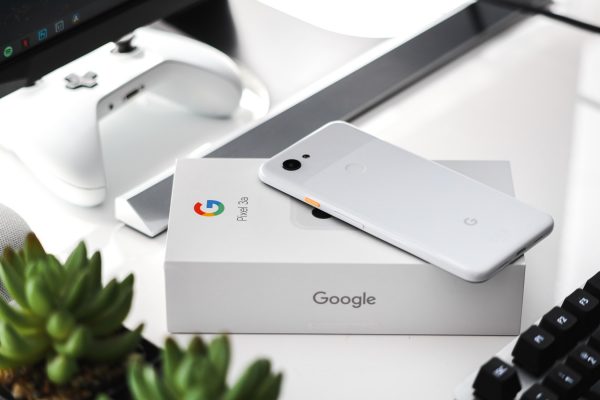
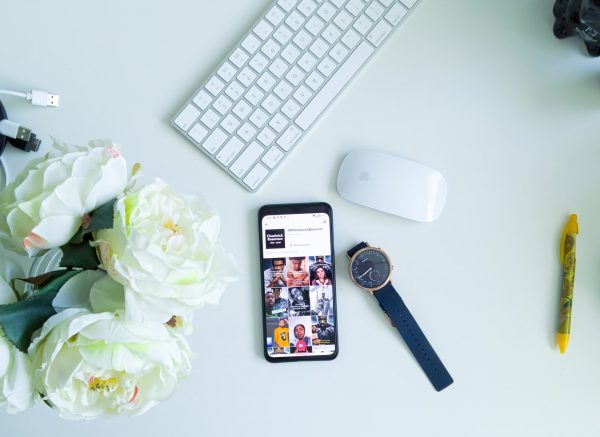
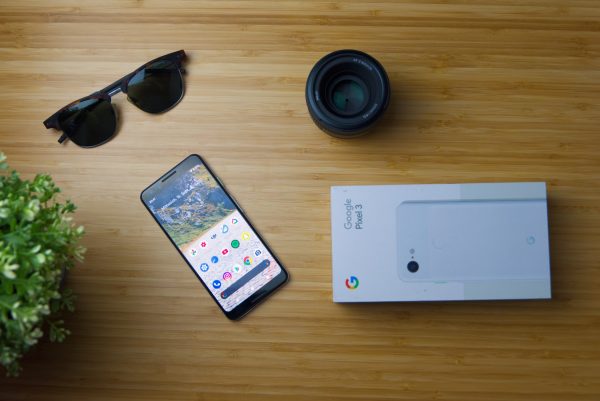
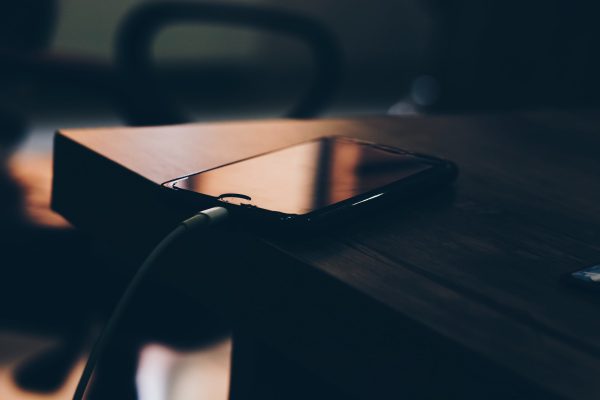

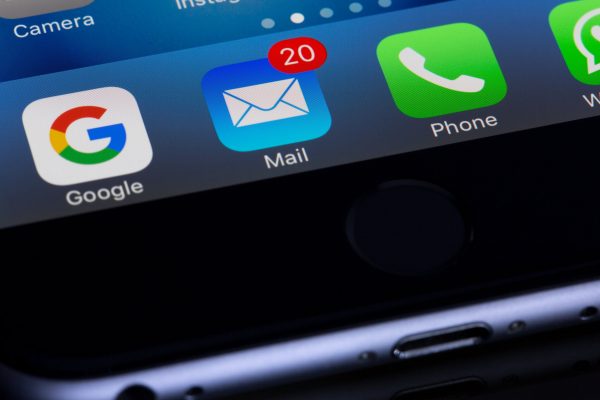
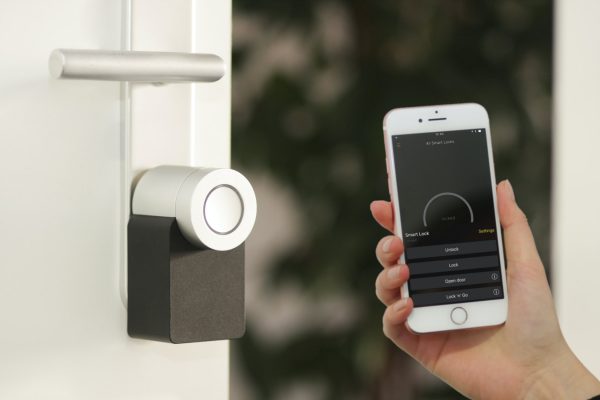
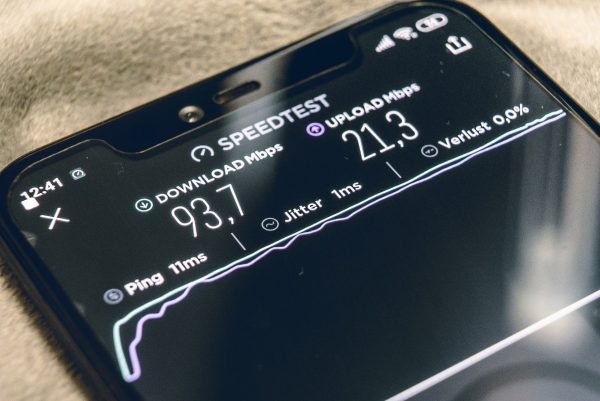
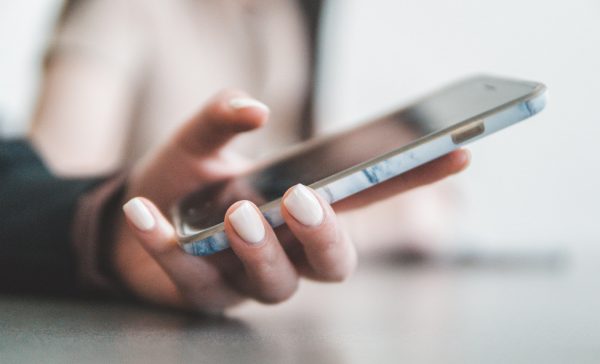

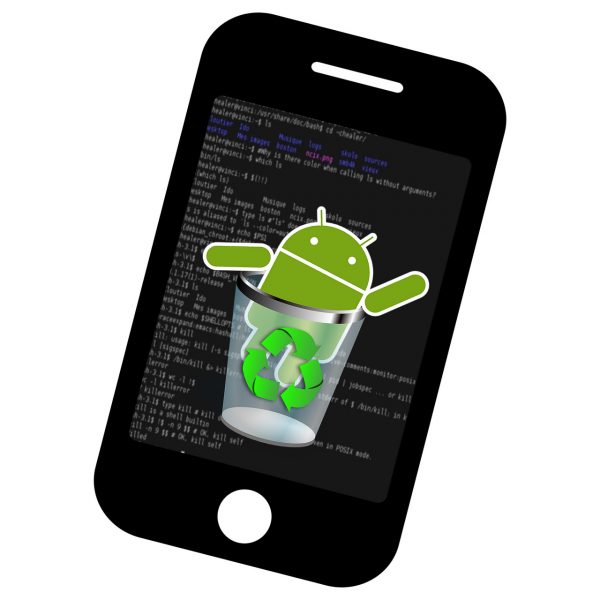
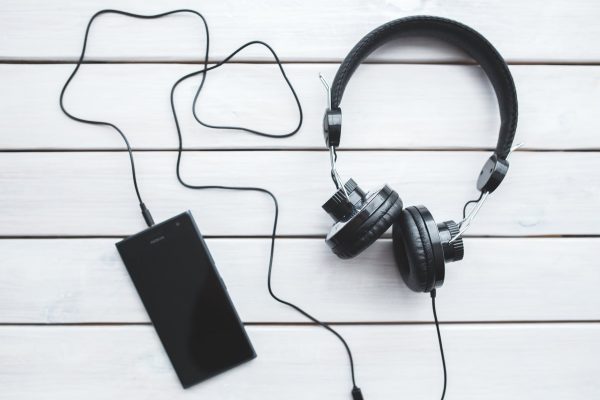
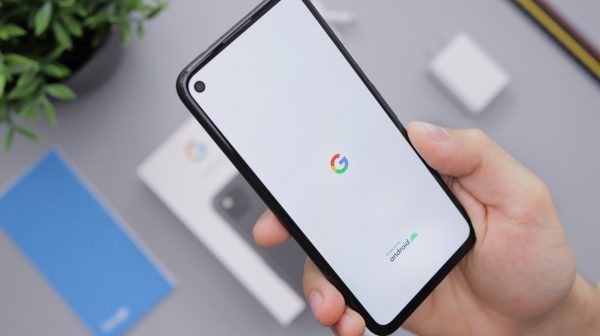
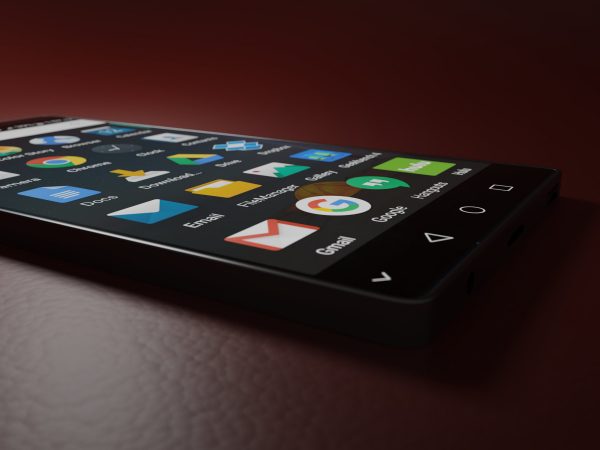
![]()